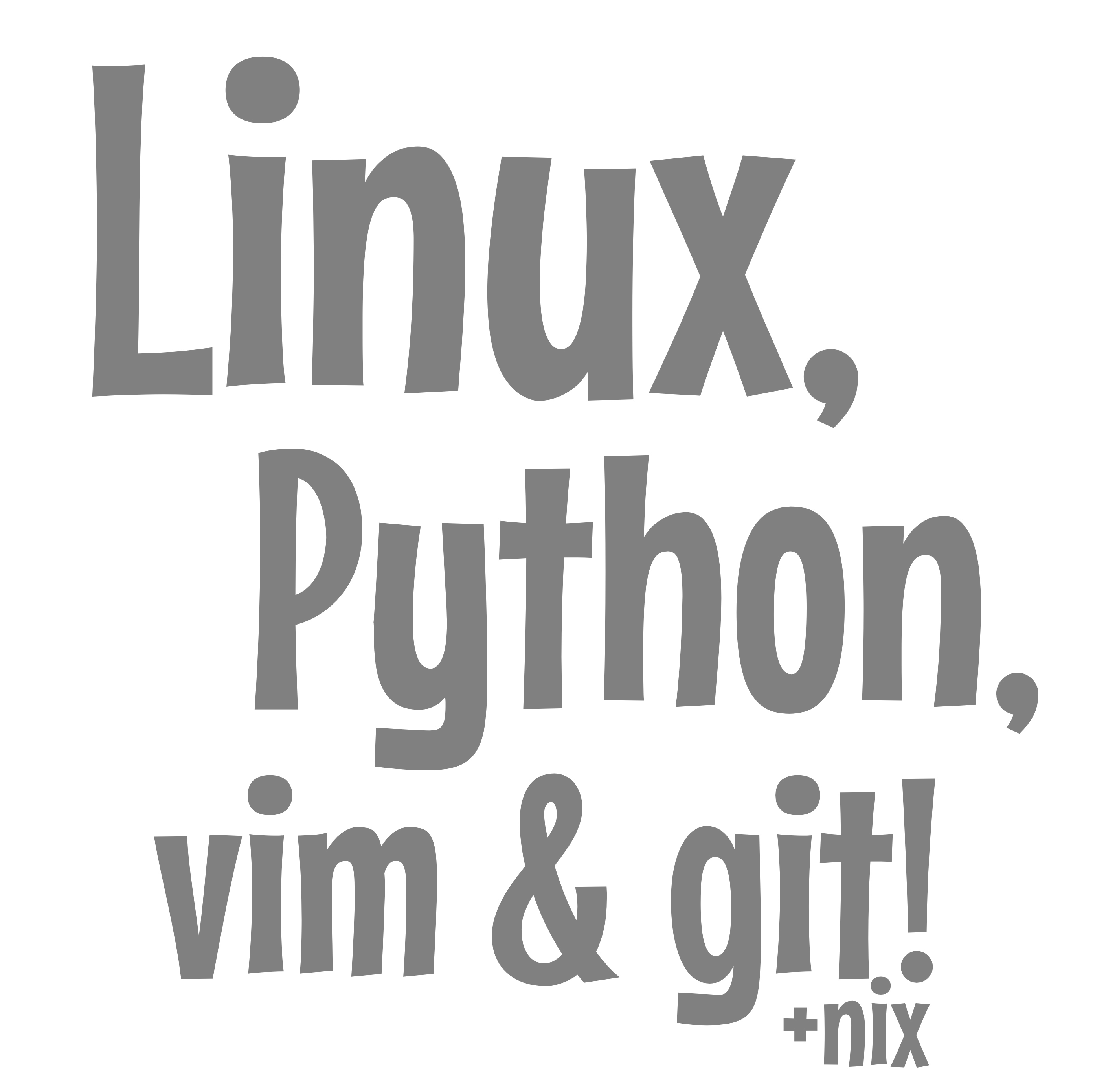Understanding Static Site Development Environments: Getting Started
Websites can be built in many ways. One popular modern approach uses “static site generators” (SSGs) like Jekyll. These tools take your content (like blog posts or documentation) and pre-build a complete website made of simple HTML files. This makes the final website very fast and secure because it doesn’t need complex server-side processing or databases to show pages to visitors. Jekyll, often used with GitHub Pages for free website hosting, relies on the Ruby programming language.
However, setting up the necessary tools (like specific Ruby versions and add-on packages called ‘gems’) on a developer’s computer can sometimes be tricky. Different projects might need different versions, or system updates can break things unexpectedly, especially when gems need to interact with the underlying operating system. This article explores a tool called Nix (specifically its ‘flakes’ feature) which aims to solve these setup problems by creating isolated, consistent, and predictable development environments, ensuring that the tools needed for a Jekyll project work reliably every time, regardless of the developer’s main system configuration or other projects.
Making Jekyll Development Resilient with Nix Flakes
Static site generators like Jekyll have revolutionized web development by enabling developers to create fast, secure websites without the overhead of databases or server-side processing. Yet, the development environment can be frustratingly fragile, with dependency issues, version conflicts, and platform-specific challenges disrupting workflows. In this article, we’ll explore how Nix flakes can create a robust, reproducible development environment for Jekyll sites.
Static Site Generators: The Modern Web’s Foundation
Static site generators (SSGs) transform structured content and templates into a complete, static HTML website. Unlike dynamic sites that generate pages on demand, SSGs pre-build every page during the build process, resulting in excellent performance, improved security, and simplified hosting.
Among the various SSGs available, Jekyll holds a special place. Written in Ruby, Jekyll pioneered the mainstream adoption of static site generation when GitHub selected it as the engine for GitHub Pages in 2008. Today, despite newer alternatives, Jekyll remains popular due to its elegant simplicity, robust plugin ecosystem, and GitHub Pages integration.
Jekyll and GitHub Pages: A Powerful Partnership
GitHub Pages offers free hosting for static websites directly from GitHub repositories. When you push changes to a GitHub repository configured for Pages, Jekyll automatically processes your content files, applying your theme and layout templates to generate the final HTML output.
This integration makes Jekyll an excellent choice for:
- Personal blogs and portfolios
- Project documentation
- Small business websites
- Community sites
However, there’s a challenge: GitHub Pages can take several minutes to rebuild your site after each push. For complex sites, this delay makes rapid iteration difficult.
The Need for Local Development Environments
To overcome the GitHub Pages rebuild delay, developers typically run Jekyll locally:
bundle exec jekyll serve --livereload
This command starts a local server that:
- Watches for file changes
- Rebuilds affected pages instantly
- Automatically refreshes the browser
This live preview capability transforms the development experience, enabling real-time feedback as you edit content and design elements.
The Fragility of Ruby Development Environments
While Jekyll’s local development seems straightforward, maintaining a stable Ruby environment presents challenges:
1. Ruby Version Management
Jekyll requires specific Ruby versions, and these dependencies evolve over time. Without proper version management, upgrading your system Ruby can break existing Jekyll installations.
2. Native Extension Challenges
Many Ruby gems (packages) rely on native extensions — compiled C code that interfaces with Ruby. These extensions depend on specific system libraries and must be compiled for each platform, creating potential compatibility issues.
3. Gemfile Management
Jekyll projects use a Gemfile to specify dependencies. The bundle install command processes this file, installing all required gems and their dependencies. However, as gems update or system libraries change, this process can fail in unexpected ways.
4. Cross-Repository Consistency
Maintaining multiple Jekyll sites across different repositories compounds these challenges. Each site might require slightly different dependencies, making it difficult to switch between projects without reconfiguring your environment.
The Problems We Encountered
In our case, we maintained multiple Jekyll sites across different repositories, and encountered several specific issues:
- Library Mismatch: Ruby gems with native extensions were compiled against one version of system libraries but executed with another, resulting in errors like:
libruby-3.3.6.so.3: cannot open shared object file: No such file or directory -
Broken Dependencies: The
json,nokogiri, andffigems frequently failed due to missing system dependencies or incompatible versions. -
Rebuild Complexity: After system updates or periods of inactivity, returning to Jekyll development often required complex troubleshooting and manual intervention.
- Cross-Repository Issues: Moving between different Jekyll site repositories required reinstalling dependencies and sometimes resolving conflicting requirements.
Enter Nix Flakes: A Path to Reproducibility
Nix flakes offer a solution to these challenges by creating reproducible, isolated development environments. Flakes are a feature of the Nix package manager that enables:
- Hermetic builds with explicit dependencies
- Reproducible environments across machines
- Isolation from the host system
- Declarative configuration through a
flake.nixfile
Our Resilient Flake Solution
We created a robust flake.nix that addresses the common pain points in Jekyll development. The key improvements include:
1. Comprehensive System Dependencies
We explicitly included all required system libraries:
buildInputs = [
pkgs.ruby # Ruby for Jekyll and Bundler
pkgs.jekyll # Jekyll from Nixpkgs
pkgs.rubyPackages_3_2.rouge # Rouge (provides rougify)
pkgs.neovim # Neovim for text editing
pkgs.git # Git for version control
pythonEnv # Use the Python environment defined above
pkgs.stdenv.cc.cc.lib # Add C++ standard library
pkgs.pkg-config # Add pkg-config for build dependencies
pkgs.openssl # Add openssl for native gem compilation
pkgs.zlib # Add zlib for nokogiri
pkgs.libffi # Add libffi for ffi gem
pkgs.libxml2 # Add libxml2 for nokogiri
pkgs.libxslt # Add libxslt for nokogiri
];
2. Precise Library Path Management
We set up the environment to ensure all native extensions could find their dependencies:
# Add all necessary libraries to LD_LIBRARY_PATH
export LD_LIBRARY_PATH="${pkgs.libffi}/lib:$LD_LIBRARY_PATH"
export LD_LIBRARY_PATH="${pkgs.zlib}/lib:$LD_LIBRARY_PATH"
export LD_LIBRARY_PATH="${pkgs.libxml2}/lib:$LD_LIBRARY_PATH"
export LD_LIBRARY_PATH="${pkgs.libxslt}/lib:$LD_LIBRARY_PATH"
# Set up pkg-config path
export PKG_CONFIG_PATH="${pkgs.zlib.dev}/lib/pkgconfig:$PKG_CONFIG_PATH"
export PKG_CONFIG_PATH="${pkgs.libffi.dev}/lib/pkgconfig:$PKG_CONFIG_PATH"
export PKG_CONFIG_PATH="${pkgs.libxml2.dev}/lib/pkgconfig:$PKG_CONFIG_PATH"
export PKG_CONFIG_PATH="${pkgs.libxslt.dev}/lib/pkgconfig:$PKG_CONFIG_PATH"
3. Native Extension Configuration
We preconfigured build options for problematic gems:
# Configure build options for native extensions
bundle config build.nokogiri --use-system-libraries
bundle config build.ffi --enable-system-libffi
bundle config build.eventmachine --with-cflags="-I${pkgs.openssl.dev}/include"
# Force native platform for all gems
bundle config set force_ruby_platform true
4. Automatic Environment Recovery
We added functions to rebuild and reset the environment when needed:
# Function to clean and rebuild native extensions
rebuild-gems() {
echo "Rebuilding native gem extensions..."
# ...implementation...
}
# Function to completely reset and rebuild the Ruby environment
reset-ruby-env() {
echo "This will completely reset your Ruby environment."
# ...implementation...
}
5. Automatic Environment Detection
The flake automatically checks and sets up the environment on first use:
# Check if the Ruby environment is properly set up
if [ ! -d .gem ] || [ ! -f .gem/bin/bundler ]; then
echo "Ruby environment not found or incomplete. Setting up..."
reset-ruby-env
else
echo "Jekyll and Rouge environments are ready."
# ...instructions...
fi
6. Process Management
We added convenience functions for managing Jekyll servers:
# Jekyll serve function with process management
jes() {
# Kill any running Jekyll processes
echo "Stopping any existing Jekyll servers..."
pkill -f "jekyll serve" || true
# ...start server...
}
# Function to stop any running Jekyll servers
jes-stop() {
echo "Stopping all Jekyll servers..."
pkill -f "jekyll serve" || echo "No Jekyll servers found running."
echo "Done."
}
Understanding the Gemfile and Bundle Install
The Gemfile is at the heart of Ruby dependency management. It specifies:
- The gems your project needs
- Version constraints for those gems
- Source repositories (typically RubyGems.org)
When you run bundle install, the Bundler tool:
- Reads the
Gemfile - Resolves all dependencies
- Installs the needed gems
- Creates a
Gemfile.lockthat pins exact versions
The Gemfile.lock ensures the same gems are installed in all environments. Occasionally you’ll need to run bundle install when:
- You first clone a repository
- You update the
Gemfilewith new dependencies - A gem releases security updates
- You move to a different system
Our flake enhances this process by ensuring all system dependencies are available and configuring the build process for native extensions.
Why This Solution Works Across Repositories
The resilience of our approach comes from several key principles:
-
Self-Contained Environment: Each Jekyll site has its own isolated
.gemdirectory, preventing cross-contamination. -
Explicit Dependency Declaration: All required system libraries are explicitly listed in the flake.
-
Adaptive Configuration: The environment automatically detects and adapts to the specific requirements of each site.
-
Recovery Mechanisms: The
rebuild-gemsandreset-ruby-envfunctions provide simple, automated recovery from common issues. -
Process Management: Automatic handling of running Jekyll instances prevents port conflicts and zombie processes.
Best Practices for Jekyll Development with Nix
Based on our experience, we recommend these practices:
-
Use a Common Flake Template: Maintain a single well-tested flake template and apply it across all your Jekyll repositories.
-
Regular Maintenance: Periodically run
nix flake updateto keep dependencies current. -
Environment Isolation: Let each repository have its own isolated gem environment rather than trying to share across projects.
-
Process Hygiene: Always use the provided functions like
jesandjes-stoprather than direct Jekyll commands. -
Recovery Knowledge: Understand the purpose of
rebuild-gemsandreset-ruby-envso you can apply them when appropriate.
Conclusion
Jekyll remains a powerful tool for static site generation, especially when integrated with GitHub Pages. However, its Ruby foundation introduces environmental fragility that can disrupt development workflows.
With Nix flakes, we’ve created a resilient solution that:
- Automatically configures the correct environment
- Ensures all native extensions build correctly
- Provides simple recovery mechanisms
- Works consistently across repositories
- Manages processes to prevent conflicts
By addressing these common pain points, we’ve transformed Jekyll development from a fragile, frustrating experience into a smooth, reliable workflow that withstands the test of time and works seamlessly across different projects.
Whether you’re managing a single personal blog or multiple corporate sites, this approach ensures you can focus on content and design rather than dependency troubleshooting.
AI Analysis
Title/Headline Ideas & Filenames:
- Title: Taming Jekyll: Reproducible Development Environments with Nix Flakes
Filename:
taming-jekyll-reproducible-development-nix-flakes.md - Title: Nix Flakes: The Cure for Fragile Jekyll & Ruby Setups
Filename:
nix-flakes-cure-fragile-jekyll-ruby-setups.md - Title: Solving Jekyll Dependency Hell: A Practical Nix Flake Guide
Filename:
solving-jekyll-dependency-hell-practical-nix-flake-guide.md - Title: Building Resilient Jekyll Workflows with Nix Flakes
Filename:
building-resilient-jekyll-workflows-nix-flakes.md - Title: From Fragile to Robust: Managing Jekyll Environments with Nix
Filename:
fragile-robust-managing-jekyll-environments-nix.md
Strengths:
- Clear Problem Definition: Effectively articulates the common pain points of managing Ruby/Jekyll development environments (versioning, native extensions, cross-repo issues).
- Concrete Solution: Provides specific, actionable code examples within the
flake.nixfile, demonstrating how the problems were addressed (dependency listing, path management, build configuration). - Practical Enhancements: Includes useful helper functions (
jes,rebuild-gems,reset-ruby-env) that address real-world development workflow needs beyond just initial setup. - Reproducibility Focus: Clearly explains why the Nix flake approach works across repositories, emphasizing isolation and explicit dependency declaration.
Weaknesses:
- Assumes Nix Familiarity: Dives into specific Nix syntax (
buildInputs,pkgs, environment variable setup) without providing much introductory context for Nix itself, potentially alienating readers unfamiliar with it. - Limited Scope: Focuses solely on the Nix flake solution without discussing alternative environment management tools (like Docker, rbenv + direnv) or the potential downsides/complexity trade-offs of adopting Nix.
- Code Density: While concrete, the Nix code snippets are presented with minimal explanation of the underlying Nix language concepts or the rationale behind specific library choices, which might be challenging for intermediate users.
AI Opinion:
This article offers significant value to developers experiencing the specific frustrations of maintaining Jekyll development environments, particularly those already using or considering Nix. It presents a well-reasoned, detailed, and practical solution to common Ruby dependency and build issues. While its clarity is high for its target audience (developers familiar with Jekyll and potentially Nix), it would be quite challenging for newcomers due to the assumed knowledge of the tooling and concepts involved. Its primary usefulness lies in providing a concrete template and explanation for creating reproducible Jekyll environments using Nix flakes, effectively addressing the problems outlined.

